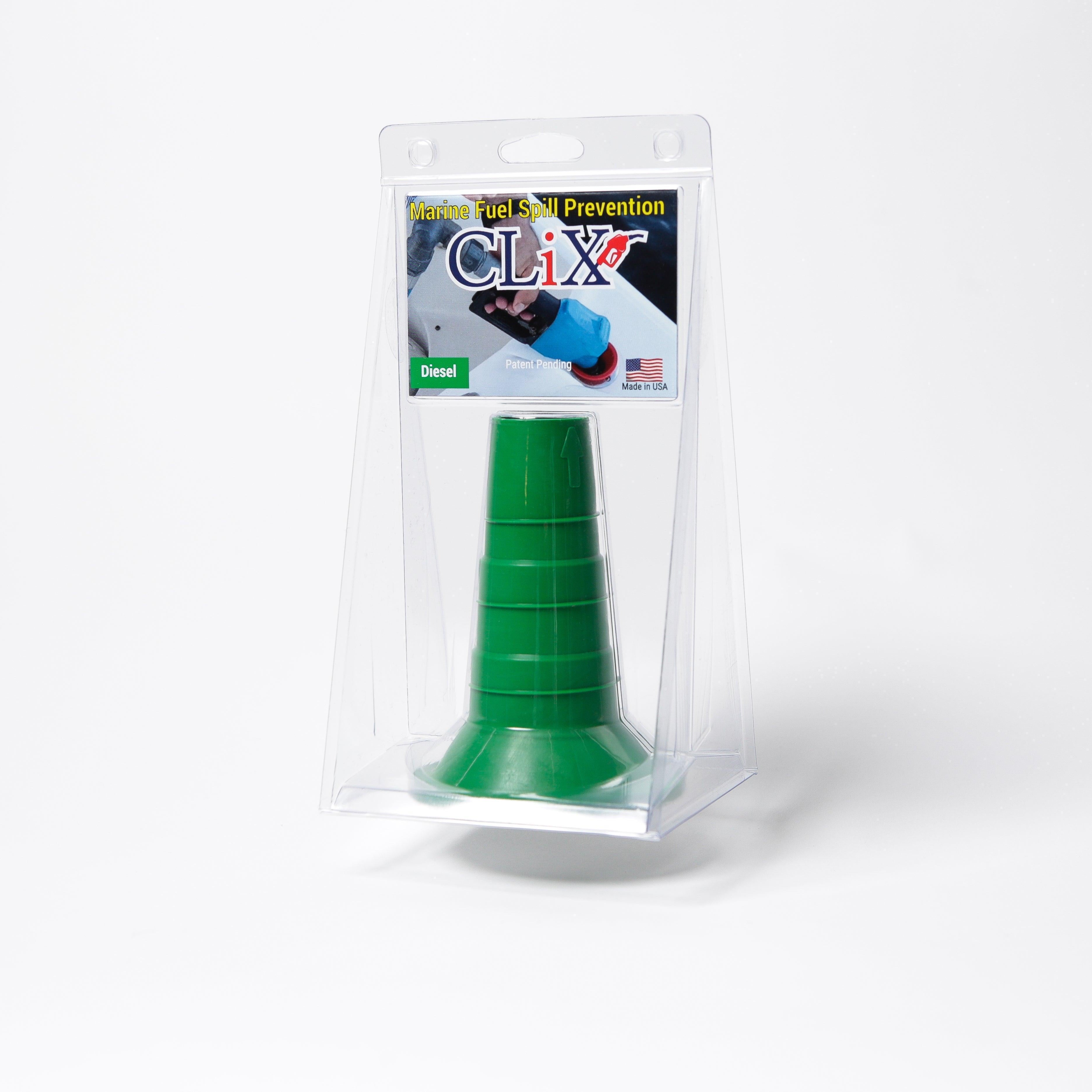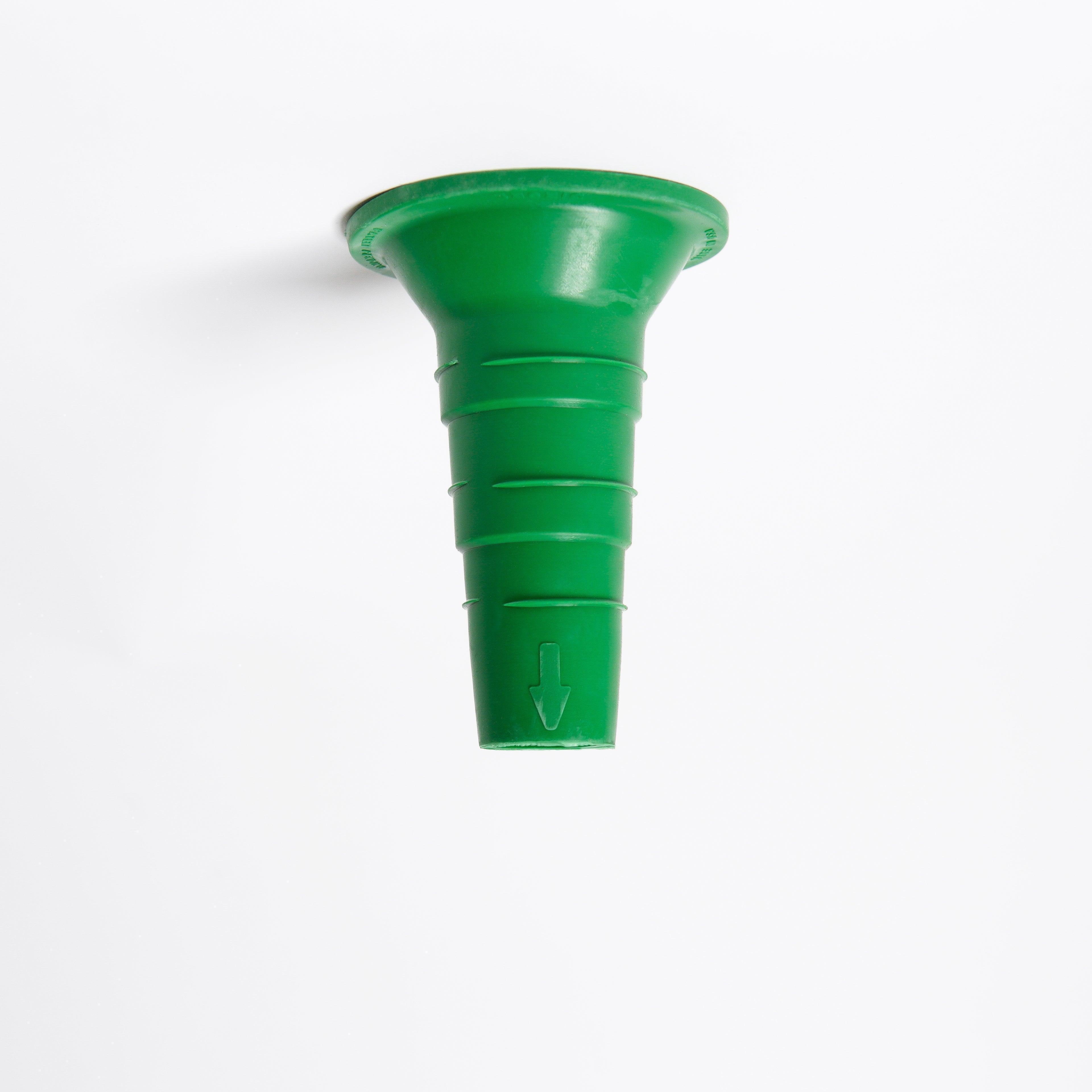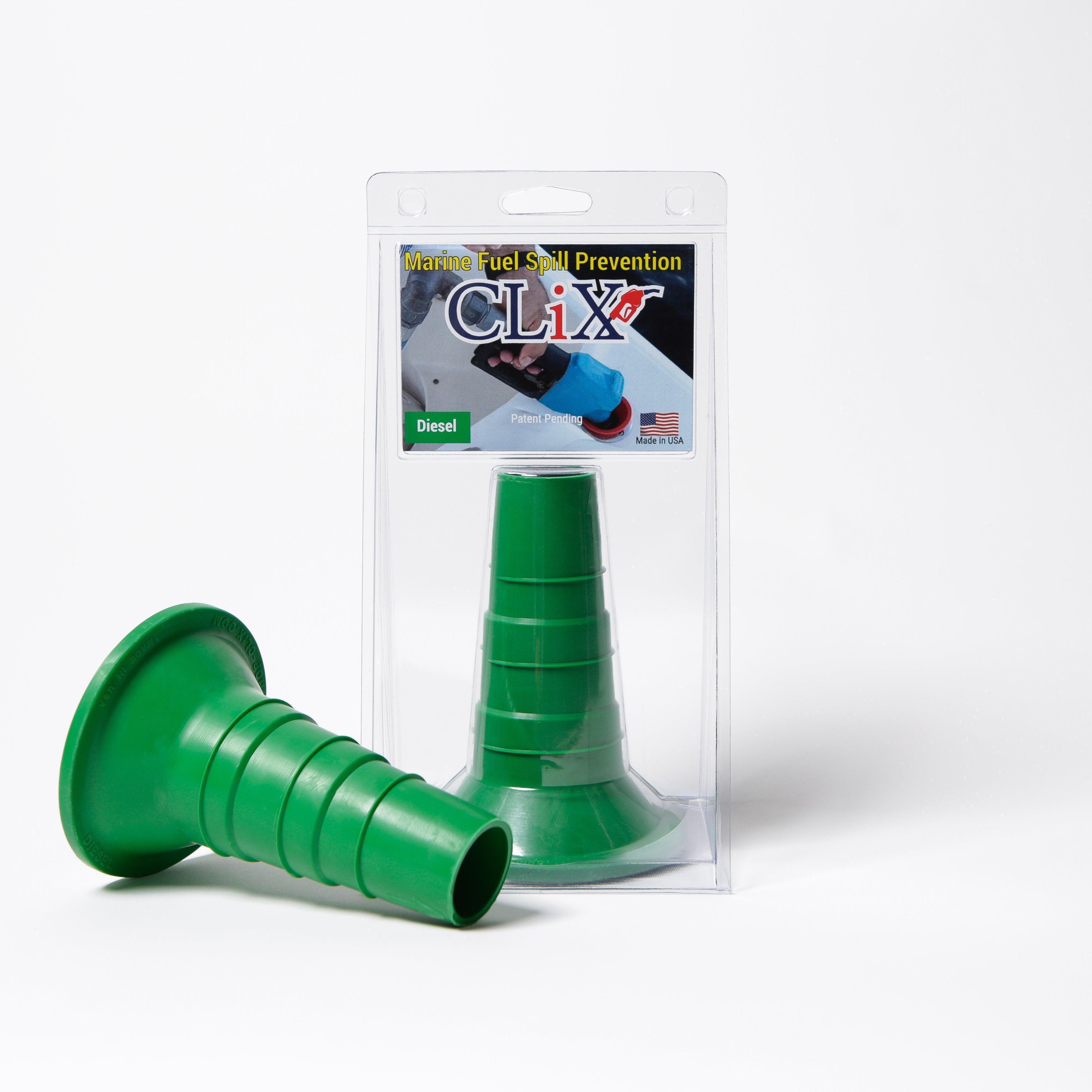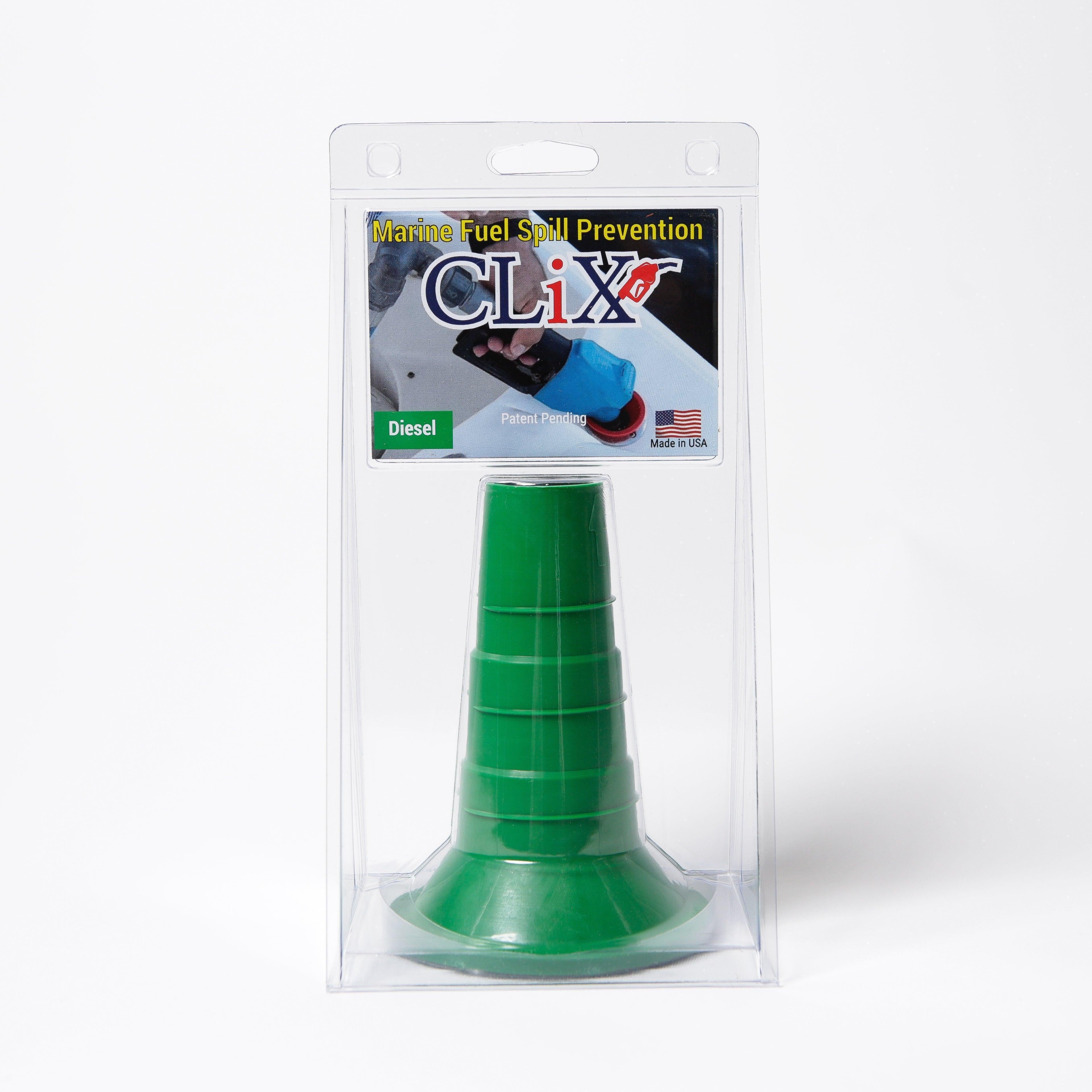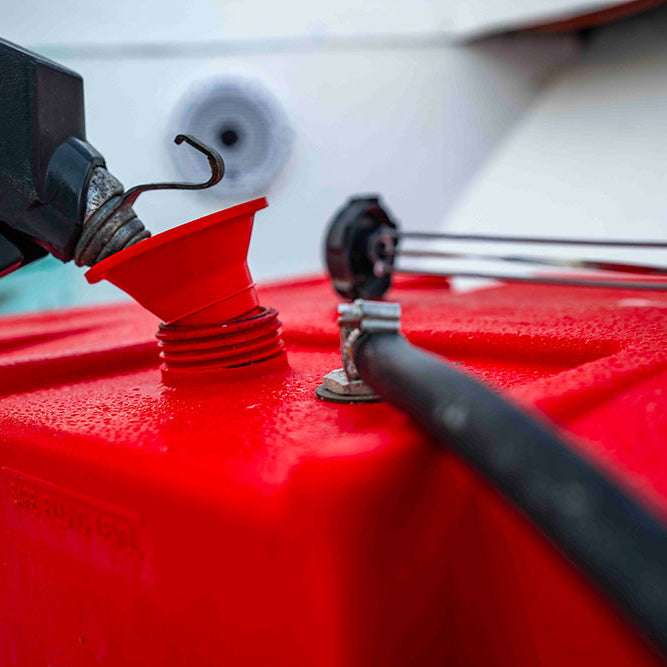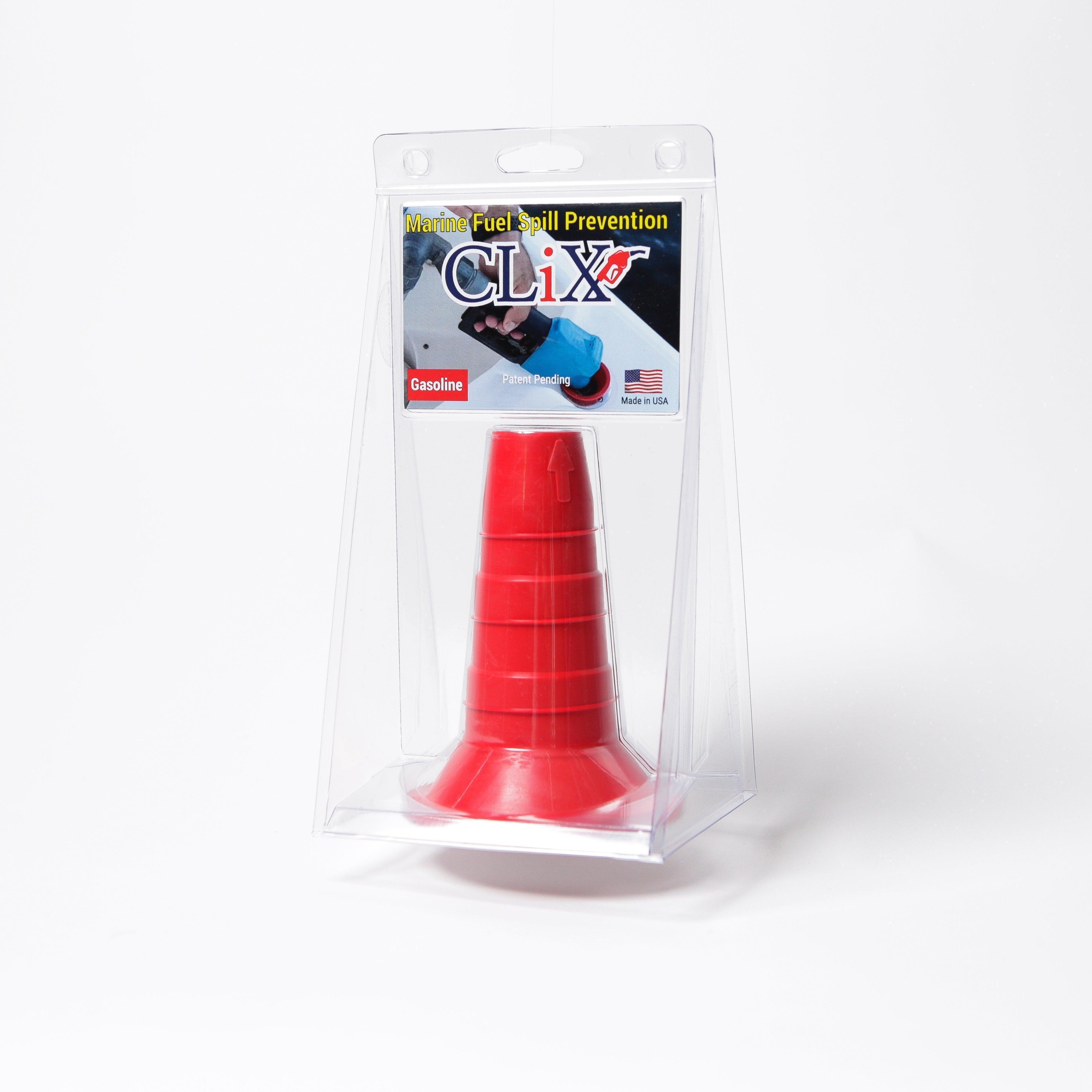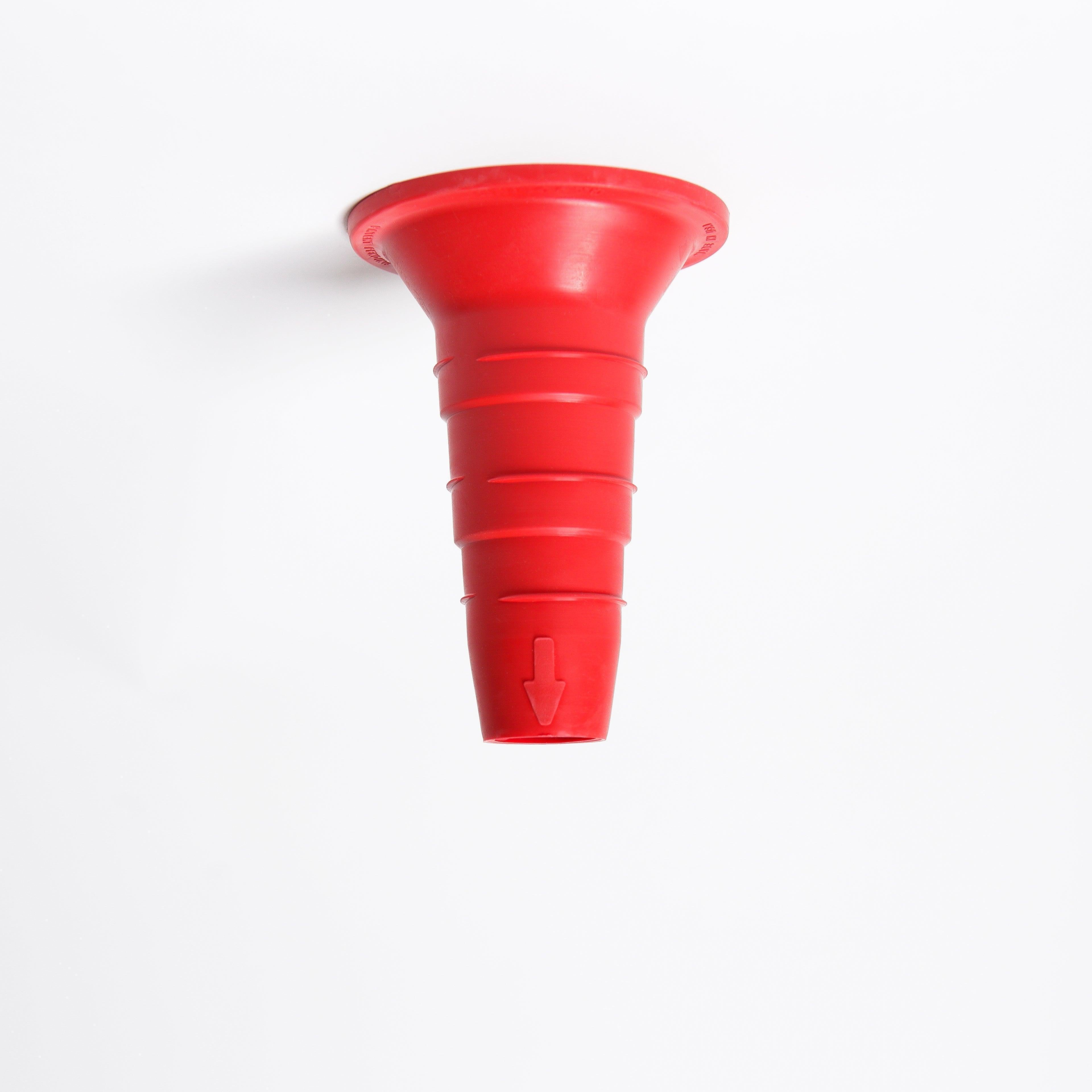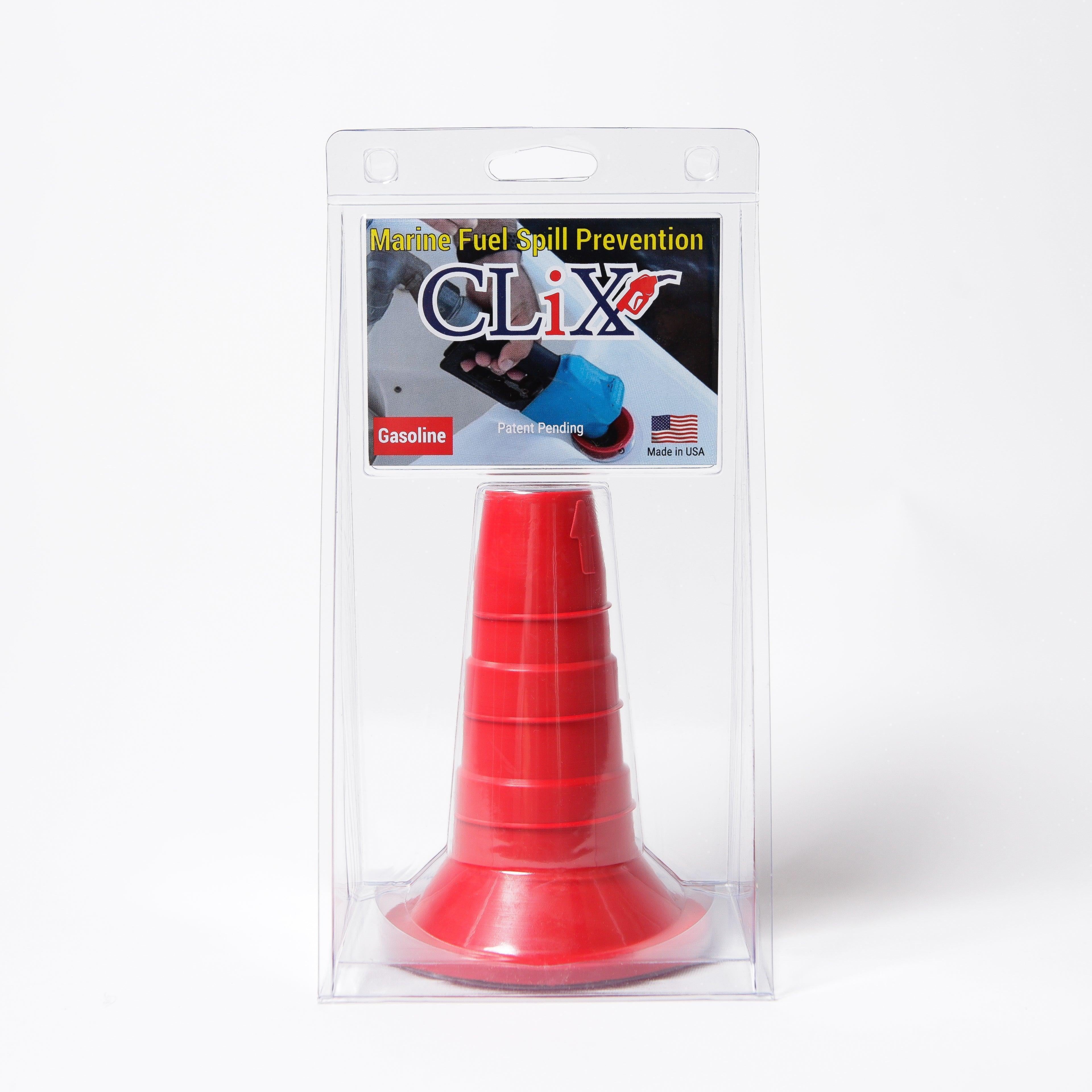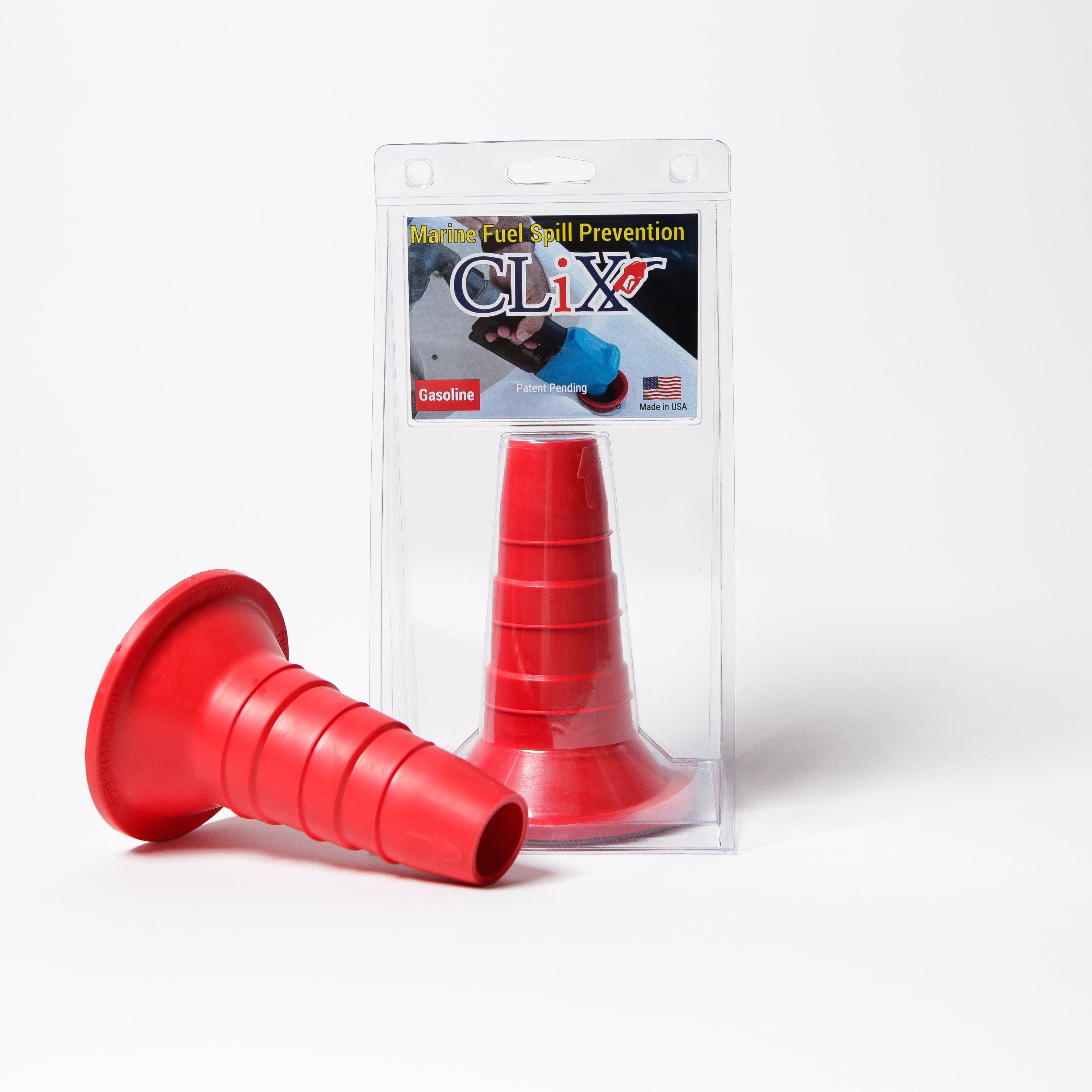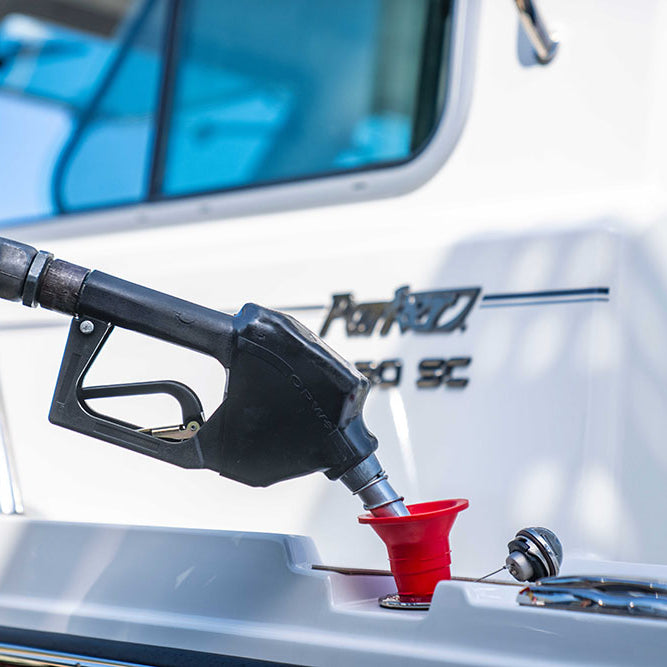Understanding Today's Complex Marine Fuel Challenges
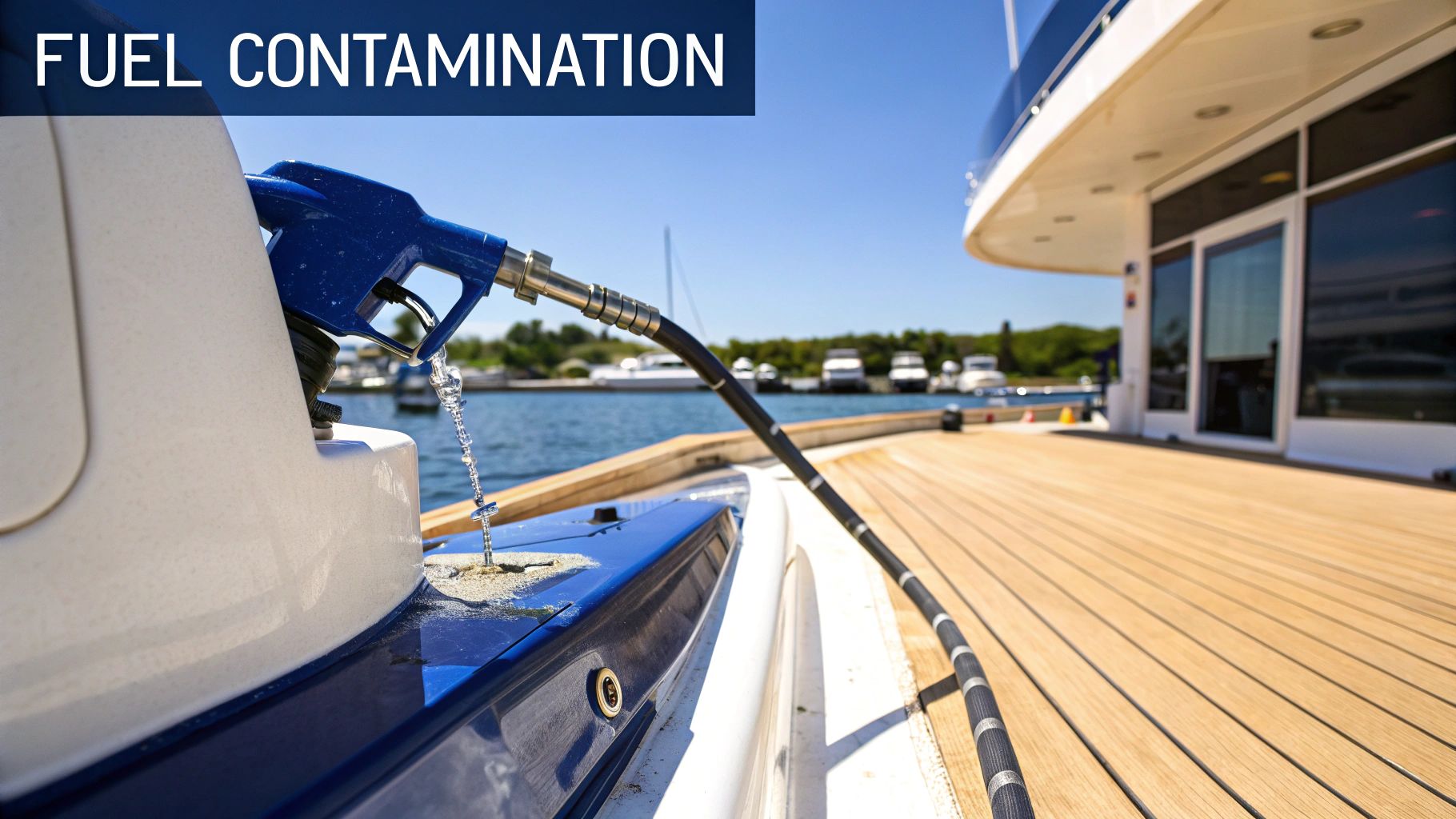
If you feel like you’re battling more boat fuel problems than ever before, you’re right. The game has changed, and the old advice your grandpa passed down just doesn't cut it anymore. We're now up against new challenges driven by different fuel formulas, unpredictable costs, and tough environmental rules. These aren't just one-off headaches; they're system-wide issues that hit your engine's performance and your bank account. It's time to dig deeper than the usual "dirty fuel" explanation and get to the root of today's most common and expensive on-the-water breakdowns.
The Changing Chemistry in Your Fuel Tank
A lot of modern fuel trouble starts with the fuel itself. Today's gasoline, especially the common E10 ethanol blend, acts very differently in a marine setting. Ethanol is hygroscopic, a fancy term meaning it loves to pull water vapor right out of the humid air. As your boat sits, this moisture builds up and can trigger a nasty process called phase separation. This is when the ethanol and water drop out of the gasoline, creating a corrosive, sludgy mess at the bottom of your tank. If your engine sucks this up, you're looking at stalling, misfires, or worse, a total shutdown.
Even before that happens, fuel starts breaking down. In as little as 30 to 60 days, it can oxidize, forming gums and varnish that are notorious for clogging up injectors, filters, and other critical parts of your fuel system.
This chemical instability is part of a bigger global picture. With over 80% of the world's trade volume transported by sea, the marine fuel market is enormous—valued at an estimated $140.62 billion in 2025. This huge demand puts a strain on supply chains and quality control, and those effects reach all the way down to the pump at your local marina. As you can discover more insights on the global marine fuel market, this economic reality means the fuel quality you get can be inconsistent, making preventative care more important than ever.
Common Boat Fuel Problems by Vessel Type
These widespread issues show up differently depending on the kind of boat you own and how often you use it. A problem that’s a small hiccup for a fishing boat used daily could become a season-ending disaster for a performance boat that sits in storage. Knowing the likely culprits for your vessel is the key to stopping them before they start.
To help you pinpoint the risks for your specific boat, here’s a breakdown of the most frequent fuel issues affecting different types of boats and their typical resolution costs.
| Vessel Type | Most Common Problem | Average Repair Cost | Prevention Method |
|---|---|---|---|
| Small Fishing Boat | Water contamination from condensation | $200 - $500 | Keep tank full, use a fuel-water separator, and add stabilizer. |
| Pontoon Boat | Stale fuel from infrequent seasonal use | $300 - $800 | Use a high-quality fuel stabilizer and run the engine periodically. |
| Performance Boat | Improper octane leading to engine knock | $1,000 - $5,000+ | Strictly use the manufacturer-recommended octane; use a booster if needed. |
| Diesel Cruiser | Microbial growth ("diesel bug") | $800 - $2,500+ | Regular biocide treatment and diligent water separator checks. |
By seeing these patterns, you can get ahead of problems. Instead of waiting for your engine to sputter and die, you can use a smart strategy that targets your boat's specific weak points. This saves you a ton of time, money, and frustration, letting you enjoy your time on the water.
Spotting Fuel Contamination Before It Destroys Your Engine
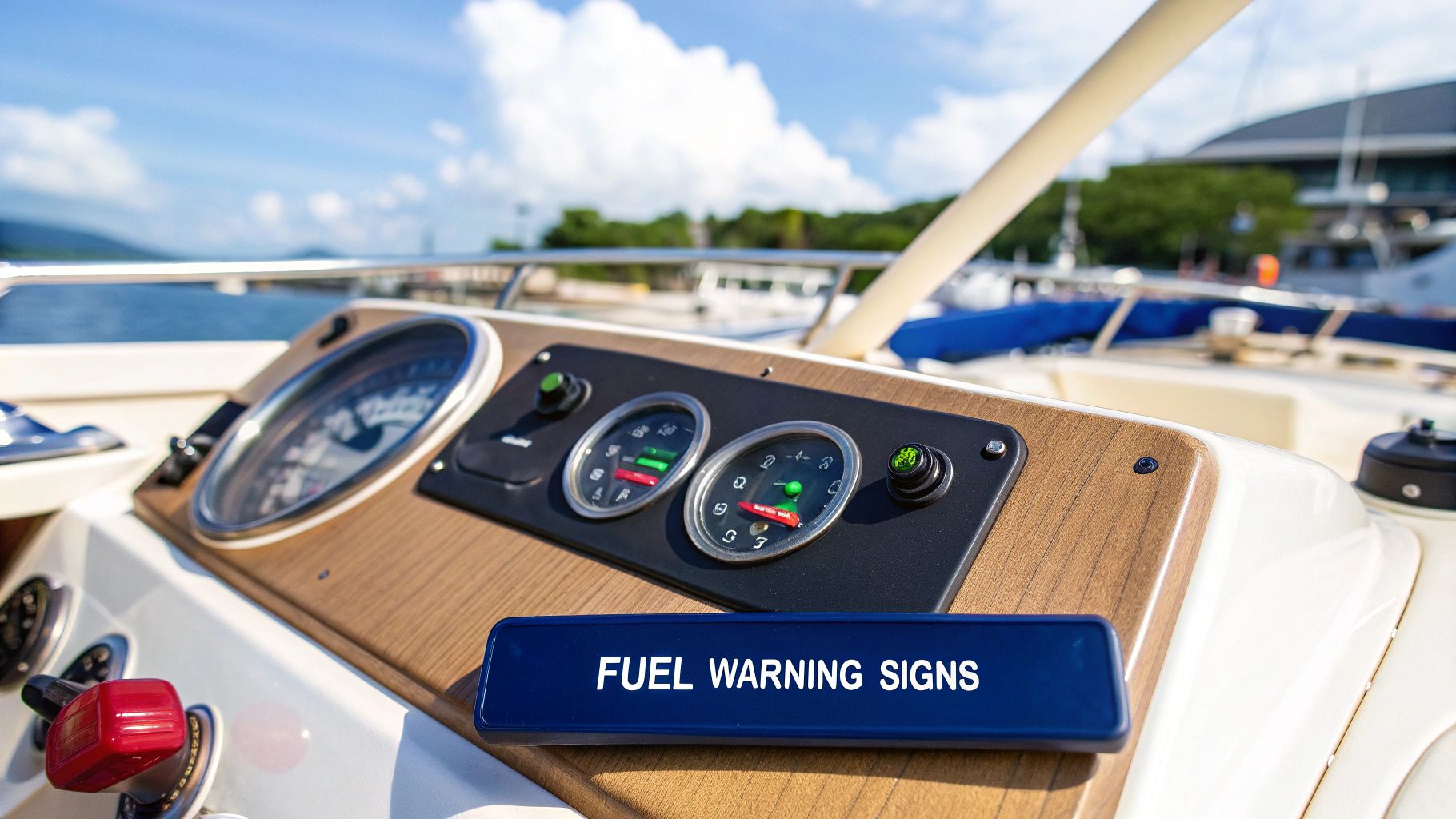 Nothing ruins a perfect day on the water quite like an engine that sputters and dies. These kinds of boat fuel problems rarely strike without warning; they usually send subtle signals long before they leave you stranded. The trick is learning to be your own fuel detective, using the same simple checks that seasoned mechanics have relied on for years.
Nothing ruins a perfect day on the water quite like an engine that sputters and dies. These kinds of boat fuel problems rarely strike without warning; they usually send subtle signals long before they leave you stranded. The trick is learning to be your own fuel detective, using the same simple checks that seasoned mechanics have relied on for years.
By simply training your eyes and nose, you can catch fuel contamination before it leads to thousands in engine damage. This turns a potential disaster into a manageable and inexpensive fix.
Your Senses: The First Line of Defense
The best diagnostic tools you have are the ones you were born with. A quick visual inspection is your most powerful first move. All you need to do is carefully draw a fuel sample from your tank or water-separating filter into a clean, clear glass jar. Let it sit for a few minutes and take a good, close look.
Clean, fresh fuel should always be bright and perfectly clear. Here’s what you should be looking for:
- Cloudiness or Haze: This is often the very first sign that water is suspended in your fuel, which is a major red flag.
- Distinct Layers: If you see a bubble of liquid or a totally separate layer at the bottom of the jar, that’s water. This means it has completely separated from the fuel, a condition known as phase separation in gasoline with ethanol.
- Debris: Are there any black specks, rust-colored particles, or slimy-looking strands floating around? That’s contamination, and it can come from deteriorating fuel lines, a rusting tank, or even microbial growth.
You don't need a high-tech lab to spot these issues. A simple jar test can tell you almost everything you need to know about the health of your fuel.
What That Smell Really Means
Sometimes, your nose will detect fuel problems that your eyes might miss. Fresh gasoline has a distinct, sharp chemical scent. If your fuel smells sour or like old varnish, it has probably oxidized. This breakdown creates gummy residues that will clog fuel injectors and carburetor jets without a second thought.
For diesel boaters, a foul, rotten-egg odor is a dead giveaway for the infamous “diesel bug.” This is a microbial sludge that grows at the boundary between fuel and water in your tank. This corrosive gunk is notorious for quickly clogging filters and completely starving your engine of fuel. If you detect these signs, it's a clear signal that the tank needs serious attention. You can check out our guide on professional boat fuel tank cleaning for the next steps.
Beyond the Senses: Performance Red Flags
Often, your engine will tell you something is wrong before you even think to check the fuel. These performance hiccups are your engine's way of crying for help. Don’t ignore subtle changes, like a new hesitation when you accelerate or a rough idle that just wasn't there last boating season.
Other symptoms to watch for include:
- Difficulty starting when the engine typically fires right up.
- A noticeable loss of top-end speed or RPMs.
- The engine sputtering or dying when you hit particularly rough water, which stirs up water and sediment from the bottom of the tank.
Remember, your fuel gauge only reports quantity, not quality. A full tank is meaningless if it’s full of contaminated, separated, or degraded fuel. Catching these early performance warnings and pairing them with a quick visual check is the most effective strategy for preventing serious boat fuel problems and keeping your engine reliable all season long.
The Hidden Economics Behind Marine Fuel Costs
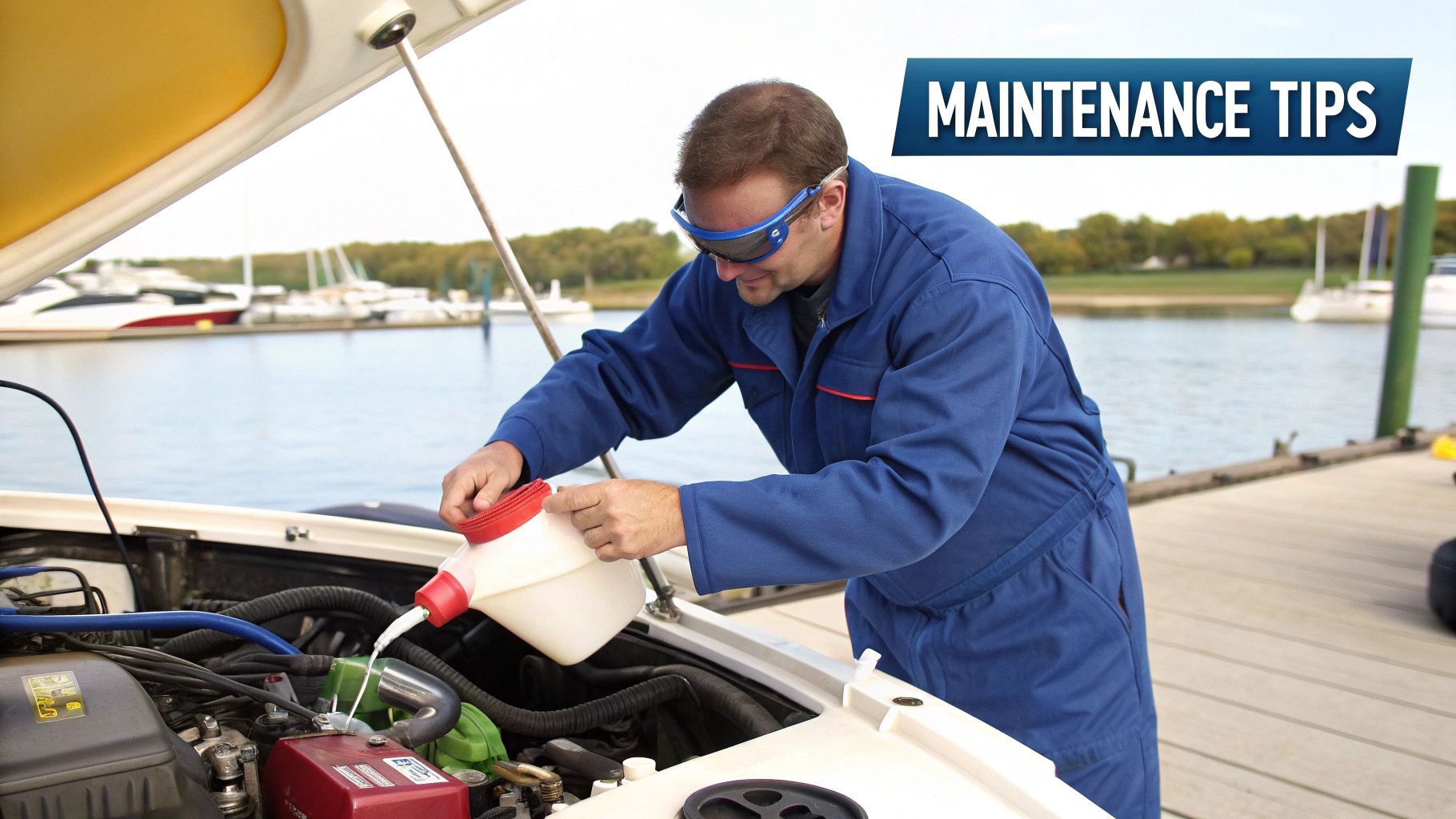 Catching fuel contamination early is about more than just preventing a breakdown on the water; it’s a critical part of managing the real-world economics of boat ownership. While most boaters understandably focus on the price per gallon at the pump, that figure is only the tip of the iceberg. The complete financial story of marine fuel is full of hidden expenses that can surprise even the most seasoned captains.
Catching fuel contamination early is about more than just preventing a breakdown on the water; it’s a critical part of managing the real-world economics of boat ownership. While most boaters understandably focus on the price per gallon at the pump, that figure is only the tip of the iceberg. The complete financial story of marine fuel is full of hidden expenses that can surprise even the most seasoned captains.
The Real Cost of a Fill-Up
The steep price of fuel is exactly why efficiency and optimization have become such hot topics in the boating community. In 2025, for example, marina fuel prices often land between $4 to $7 USD per gallon, depending on your location and the services offered. For a medium-sized yacht, a single refueling can easily cost between $5,000 and $20,000. On larger superyachts, that number jumps to an incredible $200,000 or more per fill-up. You can Explore more on marine fuel optimization trends to see where the industry is heading.
These eye-watering numbers make it crystal clear why you can't afford to guess when it comes to your boat's fuel consumption. Knowing your specific burn rate—how much fuel you use per hour at different speeds—is essential for smart budgeting. It helps you spot surprising inefficiencies and plan your trips more economically, turning a vague estimate into a reliable financial tool. To get a better handle on your own expenses, check out our guide on how to calculate boat fuel consumption.
The Downstream Costs of Neglect
Beyond the fuel dock, the financial consequences of boat fuel problems create a painful domino effect that goes far beyond a single repair bill. Take a simple clogged fuel filter. It’s not just about replacing a $20 part. A partially blocked filter makes your engine work harder, which quietly increases your fuel consumption and wastes your money with every hour you’re running. If that clog worsens and stalls your engine offshore, you’re suddenly on the hook for a tow service, which can easily cost hundreds, if not thousands, of dollars. It’s a perfect example of a small, ignored issue snowballing into a huge, avoidable expense.
This is where things get truly devastating. When early warning signs are overlooked, the varnish from old fuel or the corrosive sludge from phase separation doesn't just clog filters; it starts to permanently damage sensitive engine components. Contaminated fuel can ruin a set of fuel injectors, a repair that frequently costs several thousand dollars. In a worst-case scenario, running your engine on a bad fuel mixture can lead to piston damage or other serious internal trauma, putting you on a path toward a partial or full engine rebuild. All of a sudden, a problem that started in your fuel tank has turned into a five-figure catastrophe. This is the true, hidden cost of fuel issues—not just the inconvenience, but the potentially crippling financial blow from deferred maintenance.
Adapting to the New Marine Fuel Reality
If you’re a boater, you know the fuel you put in your tank today just isn't what it used to be. The entire world of marine fuel is changing, thanks to new rules, different chemical makeups, and economic shifts. Relying on old advice is a surefire way to end up with engine trouble and expensive repair bills that could have been easily avoided.
The Ripple Effect of Cleaner Fuel Mandates
This isn't just a local issue at your marina; it's a global shift. The move toward cleaner fuels has had a massive impact on boat fuel problems. While the big commercial ships used to burn heavy, dirty oils, major environmental regulations like the International Maritime Organization's (IMO) 2020 sulfur cap forced a huge industry change to low-sulfur fuels. That change trickles all the way down the supply chain, affecting the quality and stability of the fuel available for your boat. As a full industry analysis shows, these regulations have introduced new headaches when it comes to fuel consistency.
Making Smart Choices at the Pump
With this new landscape, the debate at the fuel dock is more heated than ever. Is it really worth paying more for premium fuel? In many situations, the answer is a definite yes. Premium-grade marine fuels usually come with a better package of additives, including detergents and stabilizers that are specifically designed to fight the problems caused by modern ethanol blends, like water absorption and oxidation.
However, just switching to non-ethanol gas isn't a cure-all. While it gets rid of ethanol-related headaches, you have to be careful about the octane rating. A lot of non-ethanol fuel is only 90 octane, which is not enough for high-performance engines that need 93 or higher. Using a lower octane fuel can cause engine knock and serious damage over time, turning your good intention into a costly repair.
To help you make the best choice at the pump, let's break down the most common options you'll encounter.
Marine Fuel Types Comparison
Detailed comparison of traditional and alternative marine fuels including costs, availability, and engine compatibility
| Fuel Type | Cost per Gallon | Availability | Engine Compatibility | Environmental Impact |
|---|---|---|---|---|
| E10 Gasoline (87-89) | $4.00 - $5.50 | Very High | Most modern outboards and stern drives | Standard |
| Premium E10 (91-93) | $4.50 - $6.00 | High | Required for high-performance engines | Standard |
| Ethanol-Free (REC-90) | $4.75 - $6.50 | Moderate (common at marinas) | Excellent for all gasoline engines, especially older models | Slightly better than E10 due to no ethanol |
| Marine Diesel | $4.25 - $5.75 | High (marinas) | Diesel engines only | Higher emissions (NOx, particulates) than gasoline |
| Biodiesel (B5/B20) | Varies widely | Low | Compatible with most modern diesel engines (check manual) | Lower carbon footprint, but potential for microbial growth |
As you can see, there's no single "best" fuel for everyone. The right choice really comes down to your engine's requirements, your budget, and what's available at your local marina.
The infographic below shows some of the most common issues that boaters are up against today, proving that contamination is a constant threat.
This data makes it pretty clear that water and sediment aren't just one-off problems. They are persistent risks that you have to actively manage.
Adopting a Modern Fuel Maintenance Mindset
So, how do you get ahead of these issues? It all comes down to having a modern approach and dropping some old habits that are now more harmful than helpful. For example, it used to be common to leave a boat with a half-full tank. With today's ethanol-blended fuels, that’s just asking for condensation to build up and contaminate your fuel with water. The new rule is to always aim to store your boat with a nearly full tank of stabilized fuel.
This new mindset involves a few key habits:
- Be picky about your fuel source. Always try to get your fuel from busy, well-regarded marinas where the fuel is fresh and turned over frequently.
- Treat every tank. Using a high-quality marine stabilizer is no longer just for winter storage. It should be a year-round routine every time you fill up to protect against ethanol issues and fuel degradation.
- Get to know your fuel-water separator. This filter is your engine's best friend and your first line of defense. Get in the habit of checking and draining it regularly to catch water before it ever has a chance to do damage.
By taking the time to understand the fuel you're using and making these modern practices part of your routine, you can sidestep these common issues and protect your investment for years to come.
Systematic Diagnosis of Fuel-Related Engine Problems
Even when you do everything by the book—buying good fuel and always using stabilizers—engines can still find a way to give you grief. That feeling of dread is instant, but jumping to conclusions and throwing money at new parts is an expensive and frustrating game. The secret is to think like a professional marine technician: be systematic.
Figuring out if you truly have boat fuel problems or a different mechanical issue is the most important first step. This logical approach not only saves you money but also builds your confidence and knowledge as a boater.
Interpreting Your Engine's Distress Signals
Your engine is trying to tell you what's wrong; you just have to learn how to speak its language. Before you even think about grabbing a wrench, listen closely and observe the specific symptoms. Different fuel issues cause very different performance hiccups.
Think of yourself as a boat-side doctor asking about the symptoms. Here are the most common complaints and what they're likely pointing to in your fuel system:
- Engine Sputters or Dies in Rough Water: This is a dead giveaway. As your boat pitches and rolls, the sloshing action stirs up any water or gunk sitting at the bottom of your fuel tank, which then gets sucked right into the fuel line.
- Rough Idling or Stalling: This usually points to old, stale fuel that has left varnish deposits behind, or a partially clogged idle jet if you have a carbureted engine.
- Loss of Power When Accelerating: That "hesitation" you feel when you push the throttle is a classic sign of fuel starvation. Your engine is demanding more fuel than the system can supply, which often means a clogged filter or a weak fuel pump.
- Hard Starting, Especially When Cold: While an ignition problem is possible, it’s more frequently caused by water contamination, tiny air leaks in the fuel line, or a primer bulb that just won’t hold pressure.
The Process of Elimination: Isolating the Fuel System
Once you have your clues, it's time to play detective. The strategy is to follow the path of the fuel from the tank all the way to the engine, checking the most common and easiest-to-access weak points first. Don’t make the rookie mistake of tearing into the carburetors right away; start at the source with simple visual checks.
Your first stop should always be the fuel-water separator. Think of it as your fuel system's first line of defense. Carefully unscrew the clear bowl and pour the contents into a clean glass jar. Do you see a clear layer of water settled at the bottom? Is there black debris or rust-colored junk floating around? If so, you've found a huge clue. This confirms contamination is present. You'll need to safely dispose of that fuel, clean the bowl thoroughly, and put in a fresh filter.
Next, get your hands on the primer bulb. After a few squeezes, does it feel nice and firm? If it stays soft and squishy no matter how much you pump, you almost certainly have an air leak somewhere between the bulb and the fuel tank. Go back and check every single hose clamp and connection for tightness. If the bulb gets firm but then slowly goes soft after a minute, the little check valve inside the bulb has probably failed, letting fuel seep back toward the tank.
To see why this step-by-step process is so vital, just look at the mind-boggling complexity of a commercial marine engine.
While your engine is much smaller, the core principle is identical: every part relies on a clean, steady supply of fuel. A seemingly small problem, like a loose hose clamp, can send confusing symptoms rippling through the entire system, making you think you have a much bigger issue than you actually do.
If these initial checks don't solve the mystery, you can then move on to inspecting the main engine-mounted fuel filter and checking fuel lines for any signs of cracking or aging. By following this logical path, you can often find and fix many common boat fuel problems on your own. And if you do need to call a mechanic, you can give them a detailed report of what you found, which saves them diagnostic time and saves you money on labor.
Building a Bulletproof Fuel System Maintenance Routine
Knowing how to diagnose a fuel issue is a great skill to have, but let's be honest—the real goal is to never have to use it. The secret to a trouble-free season on the water is a proactive, consistent maintenance routine that stops expensive boat fuel problems before they even start. This isn’t about a long, complicated checklist. It’s about building a few smart habits that become second nature. The most dependable boats on the water are the ones with diligent captains who stick to a simple, effective schedule.
Your Personalized Maintenance Calendar
A one-size-fits-all maintenance plan just doesn't cut it for boating. A boat that’s out on the water every weekend has completely different needs from one that sits for months at a time. The key isn't how much you do, but how consistently you do it. Your routine should match your boating style.
For the avid boater, it's all about frequent, quick checks to keep things running clean. For the seasonal owner, the focus shifts to proper long-term storage, which is crucial for preventing the silent damage that sitting fuel can cause. Here’s a simple way to think about tailoring your routine.
| Boating Style | Key Maintenance Tasks |
|---|---|
| Frequent Use (Weekly) | • Visually inspect the fuel-water separator bowl before each outing. • Use a quality stabilizer with every single fill-up. • Always listen for changes in engine idle or performance. |
| Seasonal Use (Monthly/Less) | • End-of-Season: Fill tank to 95% with stabilized fuel, then run the engine for 5-10 minutes. • Start-of-Season: Replace all fuel filters (separator and engine-mounted). • Thoroughly inspect all fuel lines for cracks or brittleness. |
Following this kind of rhythm turns maintenance from a chore you dread into a simple, manageable habit.
Knowing When to Grab a Wrench or a Phone
A smart maintenance plan also means being honest about your limits. The good news is that many essential tasks are well within the reach of the average boat owner, and doing them yourself can save a ton of money on labor. Getting comfortable with these jobs is a huge part of being a proactive captain.
Tasks You Can Confidently Tackle:
- Changing out both your primary and secondary fuel filters.
- Checking and draining the clear bowl on your fuel-water separator.
- Visually inspecting fuel lines for obvious signs of aging like cracks or softness.
- Properly dosing your fuel with stabilizers and other additives.
However, certain red flags tell you it's time to put down the tools and pick up the phone. If you drain your separator and find a significant amount of water or a thick, coffee-like sludge, you're likely dealing with a bigger contamination problem that needs professional tank cleaning. You can learn more in our boat fuel tank guide for safety and maintenance to see what that involves. It's also best to leave jobs like replacing hard-to-reach fuel lines or diagnosing a failing fuel pump to a certified marine tech to avoid turning a small issue into a major one.
Your Routine, Your Reliability
At the end of the day, it all comes down to building a maintenance mindset that’s just part of how you go boating. It’s not about becoming a master mechanic overnight. It’s about being an observant and consistent owner who understands what their boat needs to perform its best.
Whether you use your boat every sunny weekend or just for that one perfect family vacation each year, a personalized and predictable fuel system routine is your single best defense against the most common and costly boat fuel problems. This simple dedication is what separates a season of smooth sailing from one filled with frustrating, and expensive, dockside repairs.
Prevention Strategies That Save Money and Headaches
Let's shift our thinking from simple maintenance to active prevention. After all, the best boat fuel problems are the ones you never have to deal with. Seeing prevention as a small investment, rather than a chore, is what separates a good season from a great one—and it protects your wallet from those gut-wrenching repair bills.
Beyond the Bottle: Smart Fuel Stabilization
Just about every boater keeps a bottle of fuel stabilizer on hand, but how you use it makes all the difference. It’s more than just dumping a bit into the tank; it's about timing and technique. The single biggest misstep is adding stabilizer to a tank that’s only half full. Modern ethanol-blended fuel is hygroscopic, which means it loves to absorb moisture right out of the air. A half-empty tank is basically a large, humid chamber inviting condensation to form and contaminate your fuel.
The professional approach is to fill your tank to about 95% capacity before you store your boat, whether it's for a few weeks or the entire winter. This simple act dramatically cuts down on the air space, leaving little room for water to form. After adding the right amount of a quality stabilizer, you need to run the engine for 5-10 minutes. This isn't just for show—it's crucial for circulating the treated fuel through every part of the system, from the lines and filters to the injectors, ensuring everything is coated and protected.
Winning the War Against Contamination During Storage
Stabilizing your fuel is a huge step, but true prevention starts with what you put in your tank in the first place. I once knew a boater who was meticulous with his stabilizer but was always fighting with clogged filters. It turned out the problem wasn't his storage routine; it was where he was buying his fuel. He always filled up at a quiet, low-traffic dock where the fuel sat in the tanks for ages.
A good rule to live by is to buy your fuel from busy, well-regarded marinas. High turnover means the fuel is fresher and less likely to have water or gunk settled at the bottom of the storage tanks. In fact, be cautious about being the first person to use the pump at the start of the season. Any water that settled in the marina's tanks over the winter gets stirred up with the first delivery. Waiting a week or two for things to settle can save you a massive headache.
The Economics of Prevention
If you’re still on the fence, let’s just look at the math. A good bottle of marine fuel stabilizer will run you $15-$20 and treats a full tank. The time it takes to top off the tank and run the engine is maybe 15 minutes. Now, let's compare that to the cost of fixing a problem. Ignoring prevention could mean calling a marine mechanic to figure out why your engine is sputtering.
That service call could easily lead to:
- A $500 fuel polishing service to clean your existing fuel.
- $150 for new fuel filters and lines.
- In a worst-case scenario, over $2,000 to clean or rebuild clogged fuel injectors.
Suddenly, that small upfront cost for stabilizer and a few minutes of your time looks like the smartest money you can spend on your boat. This isn't about being cheap; it's about making a smart decision to dodge the most common and expensive issues that sideline boaters every year.
These internal strategies are your best defense for what's happening inside your engine. But what about protecting your boat's exterior and the environment from the outside in? Every time you fuel up, you risk an expensive and messy spill. The CLiX Fueling system provides the ultimate external prevention by automatically shutting off the fuel flow to stop overfills before they happen. It’s the final piece of the puzzle for a completely stress-free boating experience. Discover how CLiX can complete your prevention strategy and bring total peace of mind to your fueling routine.

